One Good Turn: A Natural History of the Screwdriver and the Screw
Amazon.com Price: Product prices and availability are accurate as of the date/time indicated and are subject to change. Any price and availability information displayed on [relevant Amazon Site(s), as applicable] at the time of purchase will apply to the purchase of this product.$14.00 $9.24 (as of 29/09/2025 08:55 PST- Details)
& FREE Shipping.
In Stock
The Easiest Tool of the Millennium
The seeds of Rybczynski’s sublime and illuminating new book were sown by The New York Times, whose editors asked him to write down an essay identifying “the most productive tool of the millennium.” The award-winning creator of Home, A Clearing within the Distance, and Now I Take a seat Me Down, Rybczynski once built a area the usage of best hand tools. His intimate wisdom of the toolbox — both its contents and its history — serves him superbly on his quest.
One Excellent Turn is a story starring Archimedes, who invented the water screw and introduced the helix, and Leonardo, who sketched a machine for carving picket screws. This can be a story of mechanical discovery and genius that takes readers from ancient Greece to car design within the age of American trade. Rybczynski writes an ode to the screw, with out which there would be no telescope, no microscope — briefly, no enlightenment science. One in all our finest cultural and architectural historians, Rybczynski renders a swish, original, and attractive portrait of the tool that modified the course of civilization.
In 1999, an editor of the New York Times Magazine approached Witold Rybczynski, the well known student of architecture and concrete design, and asked him to write down a brief essay on the most productive and so much helpful commonplace tool of the past millennium. Rybczynski took the assignment, but if he started to appear into the history of the pieces in his workshop–hammers and saws, levels and planes–he found that the majority of them had pedigrees that extended neatly into antiquity. Just about in a position to admit defeat, he asked his wife for concepts. Her solution used to be impressed: “You at all times want a screwdriver for one thing.”
True enough. And, Rybczynski came upon, the screwdriver is a relative newcomer in humankind’s arsenal of gadgetry, an invention of the overdue European Middle A while and the one major mechanical device that the Chinese didn’t independently invent. Leonardo da Vinci were given to it early on, in fact, as he did such a lot of different things, designing a variety of screw-cutting machines with interchangeable gears. Still, it took generations for the screw (and with it the screwdriver and lathe) to come back into general use, and it used to be now not till the brand new era that such improvements as slotted and socket screws came into being.
Rybczynski’s explorations into that lineage, here expanded to book length, are highly entertaining, and likely to interact readers interested within the origins of on a regular basis things. –Gregory McNamee
| author | |
|---|---|
| Binding | |
| Brand | |
| Catalog Number List | |
| Color | |
| EAN | |
| EAN List | |
| ISBN | |
| Item Dimensions | 750, hundredths-inches, 500, hundredths-inches, 30, hundredths-pounds, 60, hundredths-inches |
| Label | |
| Languages | English, Published, English, Original Language, English, Unknown |
| Manufacturer | |
| MPN | |
| Number Of Items | |
| Number Of Pages | |
| Package Dimensions | 60, hundredths-inches, 740, hundredths-inches, 2, hundredths-pounds, 510, hundredths-inches |
| Package Quantity | |
| Part Number | |
| Product Group | |
| Product Type Name | |
| Publication Date | |
| Publisher | |
| Release Date | |
| Studio |
Be the first to review “One Good Turn: A Natural History of the Screwdriver and the Screw” Cancel reply
Related products
Product prices and availability are accurate as of the date/time indicated and are subject to change. Any price and availability information displayed on [relevant Amazon Site(s), as applicable] at the time of purchase will apply to the purchase of this product.
Hand Tools
Product prices and availability are accurate as of the date/time indicated and are subject to change. Any price and availability information displayed on [relevant Amazon Site(s), as applicable] at the time of purchase will apply to the purchase of this product.
Product prices and availability are accurate as of the date/time indicated and are subject to change. Any price and availability information displayed on [relevant Amazon Site(s), as applicable] at the time of purchase will apply to the purchase of this product.
Hand Tools
Product prices and availability are accurate as of the date/time indicated and are subject to change. Any price and availability information displayed on [relevant Amazon Site(s), as applicable] at the time of purchase will apply to the purchase of this product.
Product prices and availability are accurate as of the date/time indicated and are subject to change. Any price and availability information displayed on [relevant Amazon Site(s), as applicable] at the time of purchase will apply to the purchase of this product.
Product prices and availability are accurate as of the date/time indicated and are subject to change. Any price and availability information displayed on [relevant Amazon Site(s), as applicable] at the time of purchase will apply to the purchase of this product.
Product prices and availability are accurate as of the date/time indicated and are subject to change. Any price and availability information displayed on [relevant Amazon Site(s), as applicable] at the time of purchase will apply to the purchase of this product.
Product prices and availability are accurate as of the date/time indicated and are subject to change. Any price and availability information displayed on [relevant Amazon Site(s), as applicable] at the time of purchase will apply to the purchase of this product.
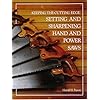
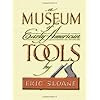

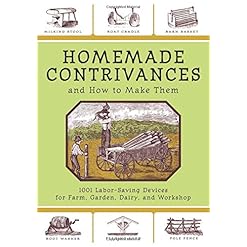
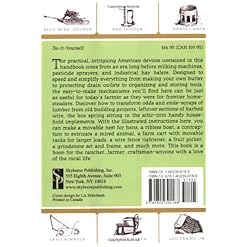
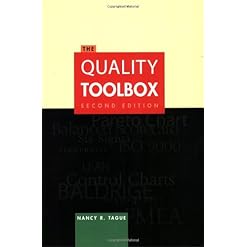
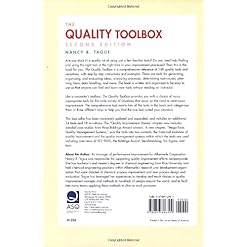
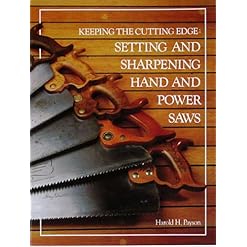
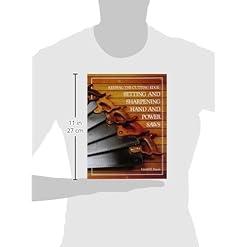

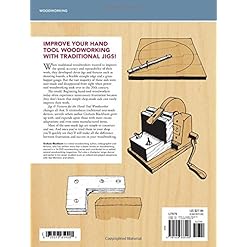
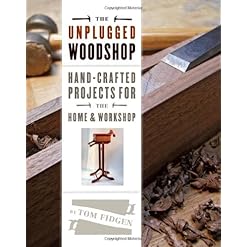
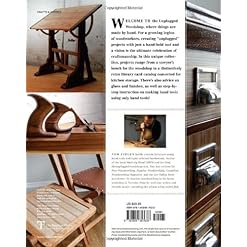
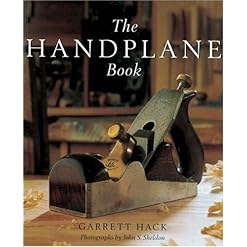
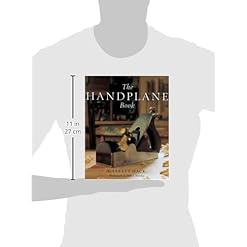
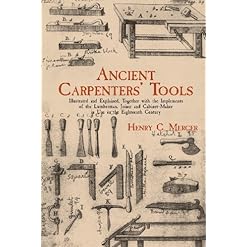
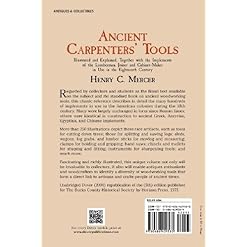

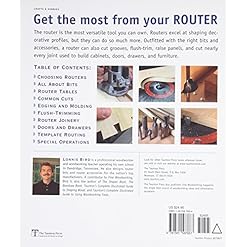
Reviews
There are no reviews yet.